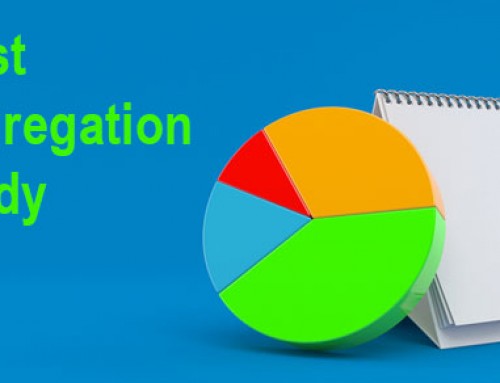Cost segregation studies involve identifying personal property assets with shorter tax depreciation lives (i.e. 5 or 7 years) that have been grouped with real property assets (typically 39 year) and separating these out for tax depreciation purposes in order to accelerate depreciation deductions. The thought of cost segregation for real estate can be an overwhelming concept for most taxpayers, but thanks to the newly revised tangible property regulations that were passed in 2014, these next-generation cost segregation studies have become an even more powerful tool for real property owners. These detailed studies allow us to reduce tax liabilities for our clients and in turn, put more dollars back into our clients’ pockets and businesses, further stimulating growth and peace of mind. So while the value of these studies is unmistakably positive, understanding the details of it are a bit more complex. Heidi Henderson from Engineered Tax Services, published a detailed and thorough article on understanding and realizing the value of these next-gen studies. To view the complete article click here. As a general rule of thumb, if you own real property with a value greater than $750,000, it is very likely that you would receive benefit from a cost segregation study.







Leave A Comment